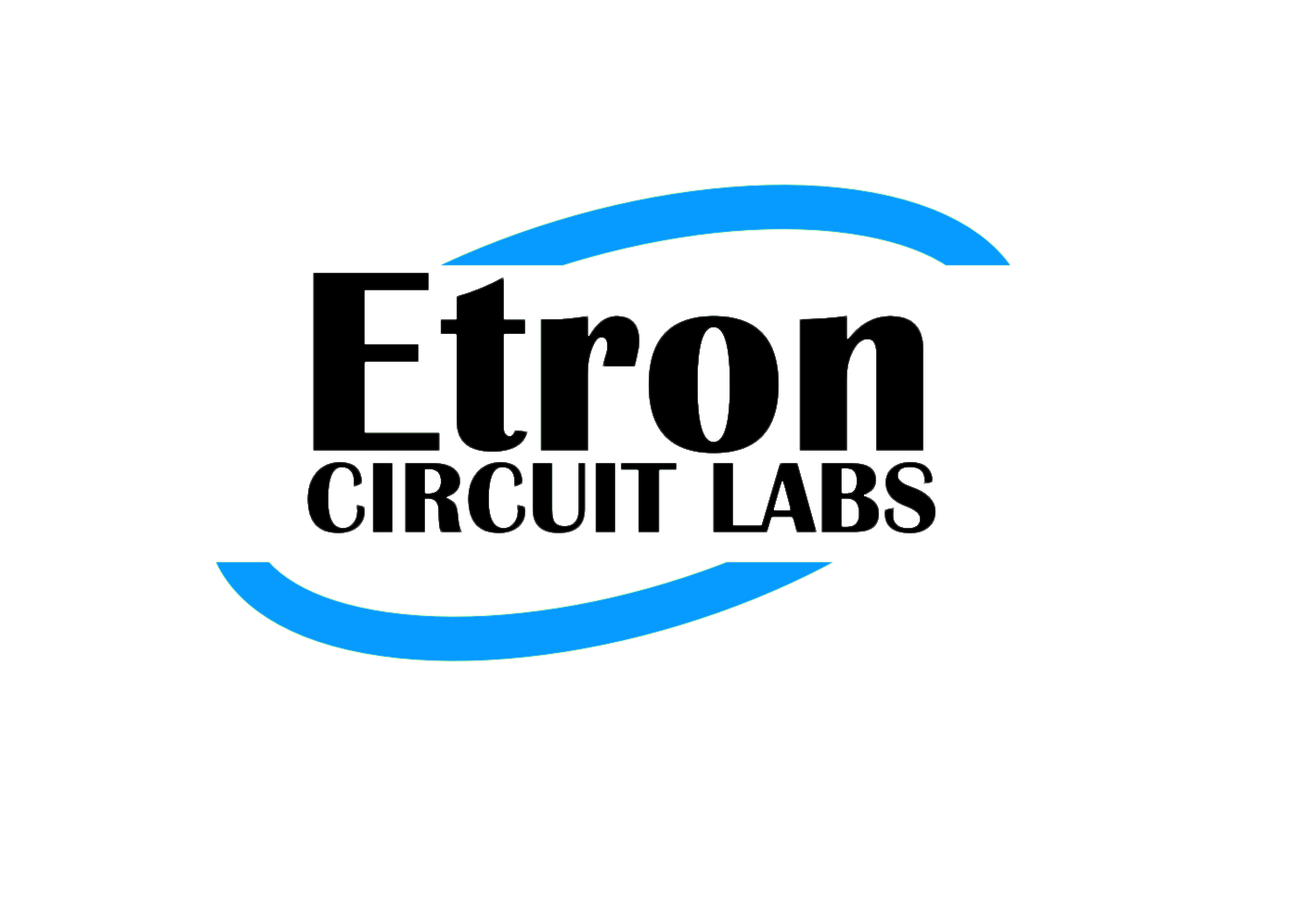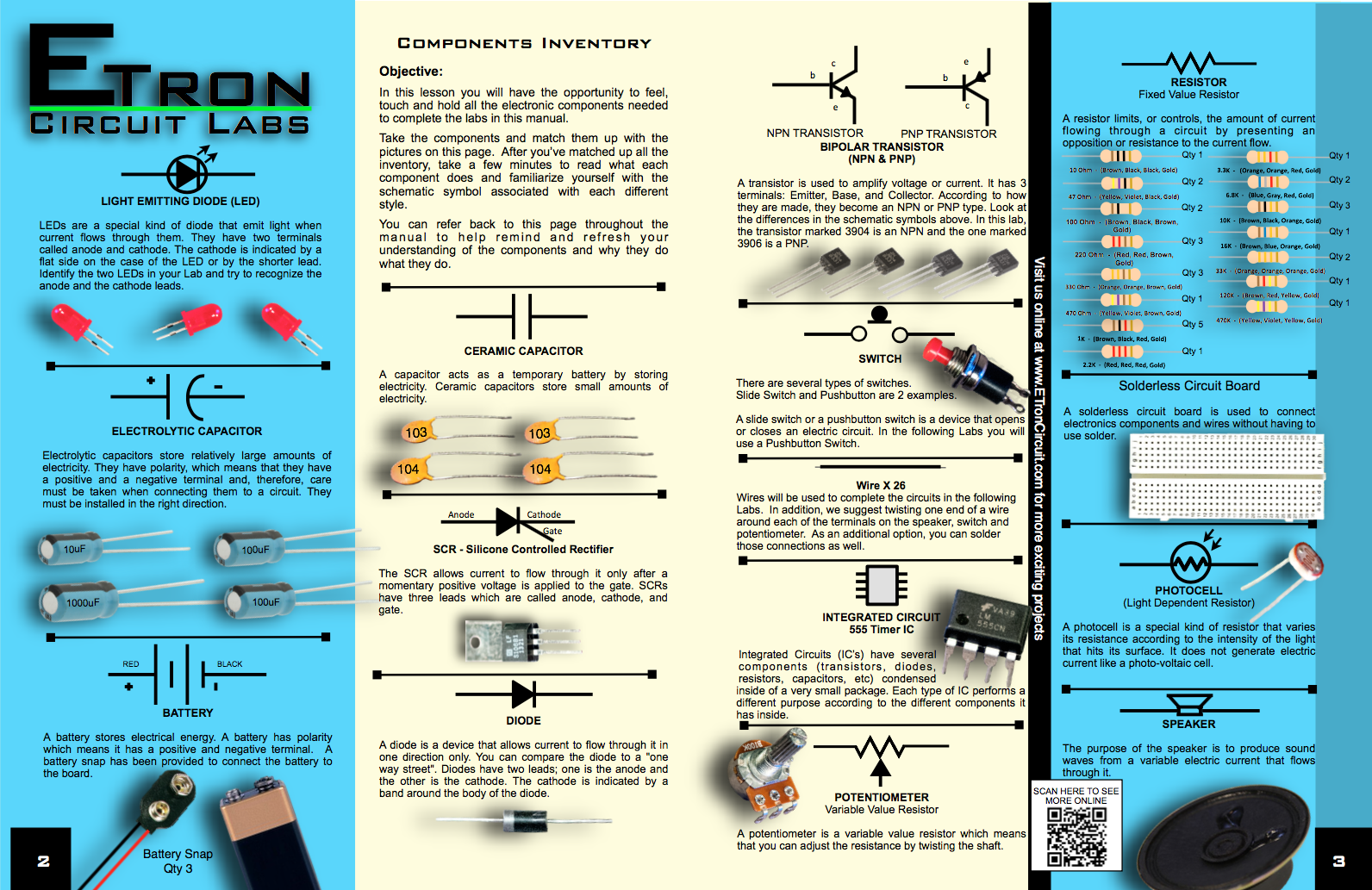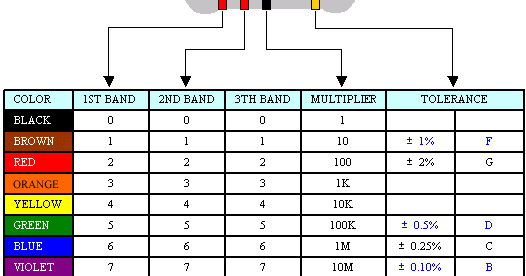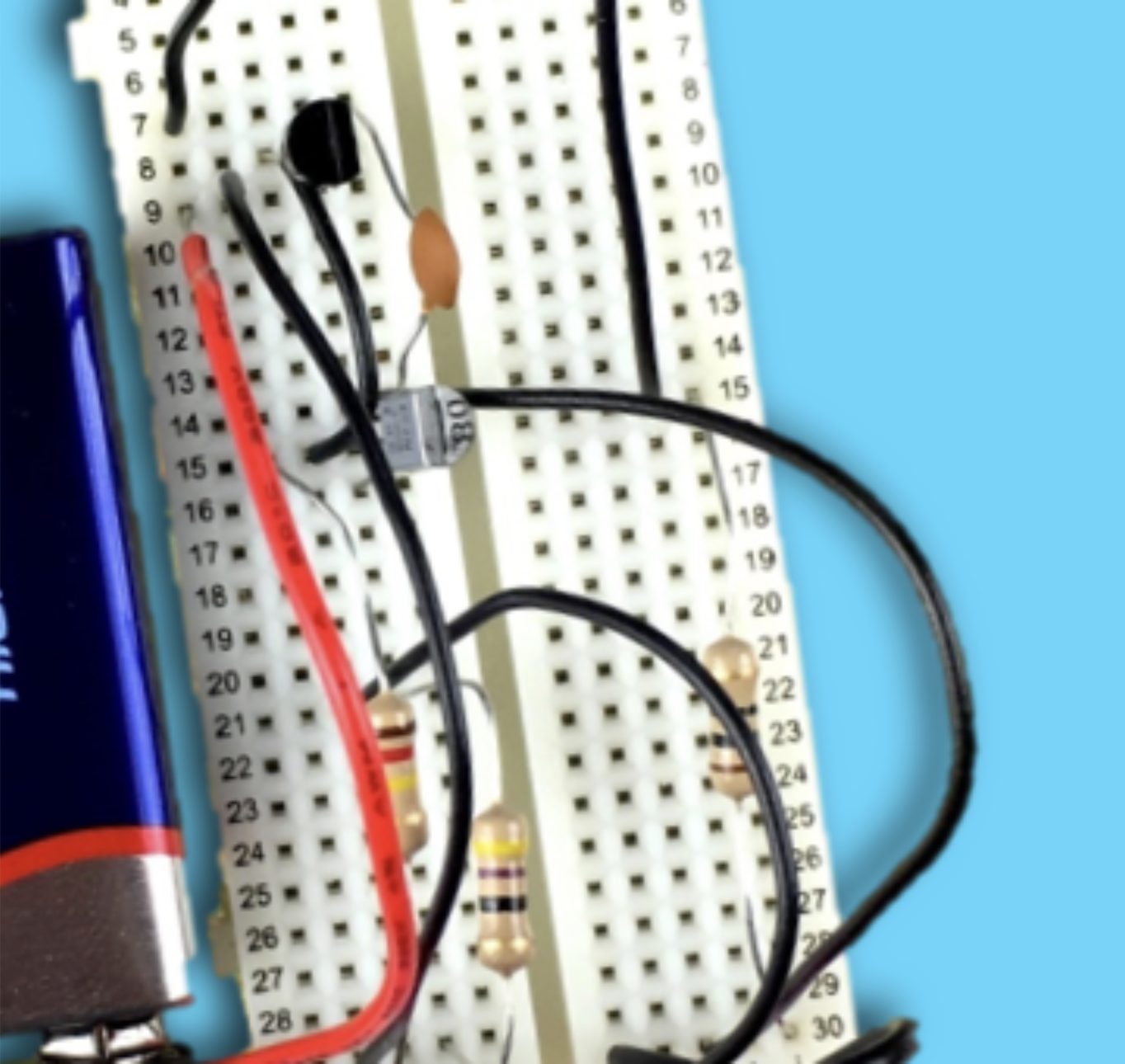The Basics v3
‘Intro to Electronics’
The Basics v3 ‘Intro to Electronics’ by Etron Circuit Labs is Electronic Education Curriculum designed for the 21st century student. This fully interactive guide is ready to take your technology program to the next level. Starting with electronic basics, this fully interactive course teaches each component, how it works and interacts with other components. It progresses into more complex labs with exciting projects the stimulate learning and inspire further exploration. The Basics is backwards compatible with other courseware and/or components you may have. Call or e-mail to find out if your existing books / parts are compatible with The Basics.
Components Inventory
In this lesson you will have the opportunity to feel, touch and hold all the electronic components needed to complete the labs in this manual.
Lesson 1 - Basic Circuits, Symbols & Schematics
The Basics v3 ‘Intro to Electronics’ is an exciting hands on curriculum that will have you building many exciting projects while learning the theory and function behind each Lesson.
Using specific components you will be introduced to many electronic concepts that you will use to apply to functioning circuits that are both fun and educational. You will learn how to identify the components necessary to build a circuit as well as being equipped to read a schematic and build each Lesson using only the schematic.
LAB 2 - Resistor Color Codes
In this lab you will learn to read the resistor Color Codes
LAB 3 - Solderless Circuit Board
This lab will introduce you to the Solderless Circuit Board and teaches you how to use it to assemble the Labs in this curriculum.
LAB 4 - Reading Capacitor Values
This lab will introduce to Disc and Electrolitic capacitors, learn how to determine polarity as well as how to reach the values.
Lesson 5 - Intro to Resistors
In Lesson 2 you learned about the Resistor Color Code and some different types of Resistors. In this Lesson you will learn how a Resistor works, and why it is important to a circuit. If you were to stop for a minute, and consider what a Resistor does, would you be able to figure it out?
Simply put, a Resistor resists, or creates resistance to current flow. When something has resistance, what happens? It can slow down, or perhaps not be as strong as it was prior to the resistance. When electrons flow through a circuit and reach a Resistor, the electrons are slowed down to a predetermined rate. In the case of Resistors, the predetermined rate is the resistance or value of the Resistor being used.
In Lesson 2 you learned how to determine the value of a Resistor by reading the color bands, this Lesson will deal with a circuit that demonstrates the effect different Resistor values have on an LED within a circuit.
LAB 6 - Intro to Potentiometers
In this Lab, you will learn that a Potentiometer is a variable resistor. You may also see it referred to as a Rheostat.
LAB 7 - Intro to Photocells
In this Lab you will learn how a Photocell works and observe that a photocell varies its resistance with light.
LAB 8 - Intro to Capacitors
In this Lab you will learn how a Capacitor works and build a simple circuit to observe that a Capacitor stores electrical energy. You will see the LED slowly dim as the Capacitor discharges.
LAB 9 - Intro to Speakers
In this Lab you will learn how a Speaker works and build a simple circuit to observe that a Speaker turns electrical energy into sound.
LAB 10 - Intro to Diodes
In this Lab you will learn how a Diode works and build a simple circuit to show that a Diode allows current flow in one direction and restricts the current flow in the other direction.
LAB 11 - Intro to SCRs
In this Lab you will learn how a SCR (Silicone Controlled Rectifier) works and build a simple circuit to show that a SCR conducts electric current only after given a positive pulse on its Gate pin. It will continue conducting electric current until the power is removed from the cathode and/or anode.
LAB 12 - Intro to NPN Transistors
In this lab you will learn how a NPN Transistors works and build a simple circuit to observe a NPN Transistor service as a current amplifier.
LAB 13 - Intro to PNP Transistors
In this lab you will learn how a NPN Transistors works and build a simple circuit to observe a NPN Transistor service as a current amplifier.
LAB 14 - 555 Timer IC
In this Lab you will build a simple circuit to observe the operation of 555 Timer IC as an astable multivibrator.
LAB 15 - 2 Transistor Oscillator
In this Lab you will build a simple 2 Transistor Oscillator that will generate an audio tone.
LAB 16 - Dual Burglar Alarm
In this Lab you will build a Dual Burglar Alarm circuit that will sound an alarm when a positive voltage is introduced.
LAB 17 - Automatic Nightlight
In this Lab you will build a Automatic Night Light circuit that will get brighter at night and dimmer during the day.
LAB 18 - DC to DC Power Supply
In this Lab you will build a DC to DC Power Supply circuit that will adjust the bias allowing you to obtain a range of output voltages.
LAB 19 - Electronic Metronome
In this Lab you will build an Electronic Metronome that will produce an adjustable “tic-tic” click used for keeping rhythm in music.
LAB 20 - Electronic Motorcycle
In this Lab you will build an Electronic Motorcycle circuit that will produce a sound that mimics a motorcycle speeding up and slowing down.
LAB 21 - Railroad Crossing Lights
In this Lab you will build a circuit that imitates lights that you would see at a Railroad Crossing.
LAB 22 - Variable Speed Lights
In this Lab you will build a Variable Speed Lights circuit that will use a potentiometer to control the rate at which the LED will blink.
LAB 23 - Continuity Tester
In this Lab you will build a Continuity Tester circuit that will use a tone to demonstrate continuity of a circuit.
LAB 24 - Audio Generator
In this Lab you will build an Audio Generator circuit that will allow you to control the frequency of the pulses that produce the tone the speaker will put out
LAB 25 - Police Siren
In this Lab you will build a Police Siren circuit that will produce a realistic police siren sound.
LAB 26 - Screaming Box
In this Lab you will build a Screaming Box circuit that will produce a high pitched squealing sound when the photocell is exposed to light.
LAB 27 - Variable Timer
In this Lab you will build a Variable Timer circuit that will allow you to adjust the time the LED stays lit before turning off automatically.
LAB 28 - Moisture Detector
In this Lab you will build a Moisture Detector circuit that will allow the moisture level of soil as measured by a blinking LED.
LAB 29 - Morse Code Oscillator
In this Lab you will build a Morse Code Oscillator that will produce a tone pulse each time a switch is pressed.
LAB 30 - Nose Beeper
In this Lab you will build a Nose Beeper circuit that will use a human body to conduct electricity which completes the circuit creating a beeping sound.
LAB 31 - British Siren
In this Lab you will build a British Siren circuit which creates a 2 tone sound that will mimic a British police siren.
LAB 32 - Insanity Alarm
In this Lab you will build an Insanity Alarm circuit that will use a photocell as a sensor to turn on and off the alarm sound when moved from dark to light spaces.
LAB 33 - Electronic Organ
In this Lab you will build an Electronic Organ that will allow you to create the Do-Re-Mi-Fa-So-La-Ti-Do sounds by moving the probes across different resistors.
LAB 34 - OHM's Law
In this Lab you will learn and measure how Ohm's Law works.
LAB 35 - Resistors in Series
In this Lab you will observe the behavior of resistors in series.
LAB 36 - Resistors in Parallel
In this Lab you will observe the behavior of resistors in parallel.
LAB 37 - Measuring Voltage
In this Lab you will verify that batteries in series add voltage while batteries in parallel do not.
LAB 38 - Watt's Law
In this Lab you will demonstrate Watts Law using resistors which dissipate power with heat.
LAB 39 - Kirchhoff's Voltage Law
In this Lab you will learn how to verify Kirchhoff's Voltage Law with a multimeter.
LAB 40 - Kirchhoff's Current Law
In this Lab you will learn how to verify Kirchhoff's Current Law (KCL) with a multimeter.










































